Bird Mating Rituals: Love Is in the Air
Updated: Jan. 09, 2023
When it comes to courtship, birds pull out all the stops, using elaborate displays to attract a potential mate and outdo the competition. Here are some courtly behaviors to look for this spring.
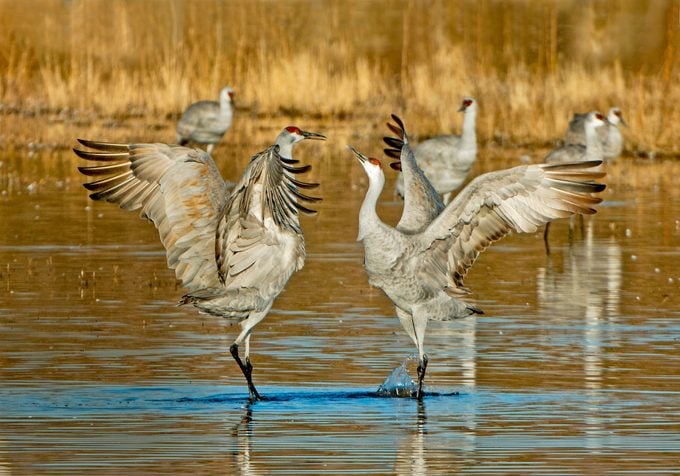
Sandhill Crane
Cranes are elegant dancers and have one of the most well-known bird mating rituals. Dancing peaks during mating season but can occur any time of year. Experts do not completely understand the behavior, but it seems to play a role in bonding. During their courting rituals, sandhill cranes vocalize, dance, jump, move their heads and extend their wings, which can stretch to 7 feet wide.
Mated sandhill cranes also sing a unison call during courtship. Curiously, young birds also dance—this is believed to be an important part of their motor development. Humans have admired crane dancing for centuries; many cultures have symbolic rituals that mimic the behavior. Learn interesting facts about sandhill cranes and whooping cranes.
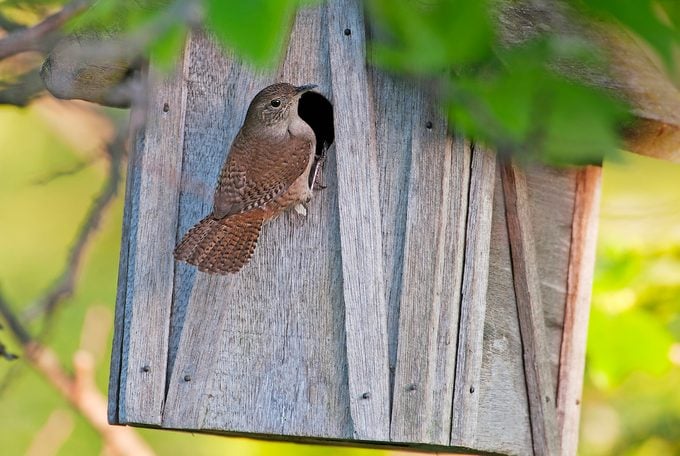
House Wren
One of the most prolific backyard singers is the house wren, but a male’s singing is mostly a territorial claim. To find mates, males must choose good nest sites. Wrens often nest close to people, so you’re likely to hear them this spring. They use natural cavities, but they also like nest boxes. Males construct partial nests in multiple sites, and the females select from the offerings. When a female finds a suitable site, she mates with the owner.
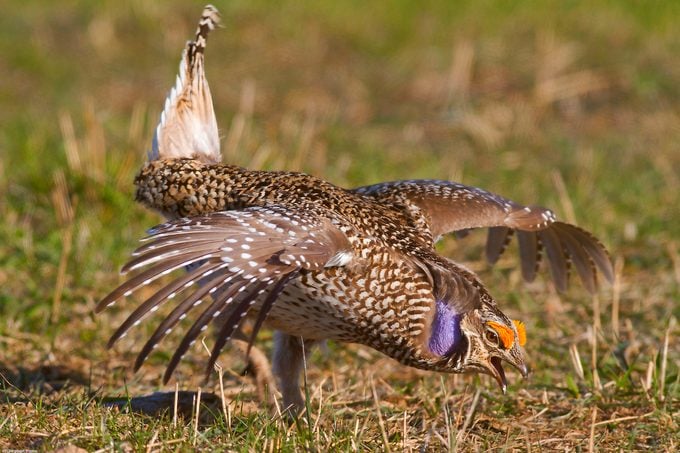
Sharp-Tailed Grouse
This grouse species uses a lek—a mating arena of sorts—where males perform their bird mating rituals to attract females. Male sharp-tailed grouse stick their pointed tails up, aim their wings down and inflate purple air sacs along their necks. Then they quickly shake and vibrate their entire bodies while cooing out. Females visit the lek during these displays and select a male to breed with. Prairie chickens have a similar dance. Sage grouse have air sacs on their chests, which they inflate and boom. No matter the species, a grouse display is always a sight to see.
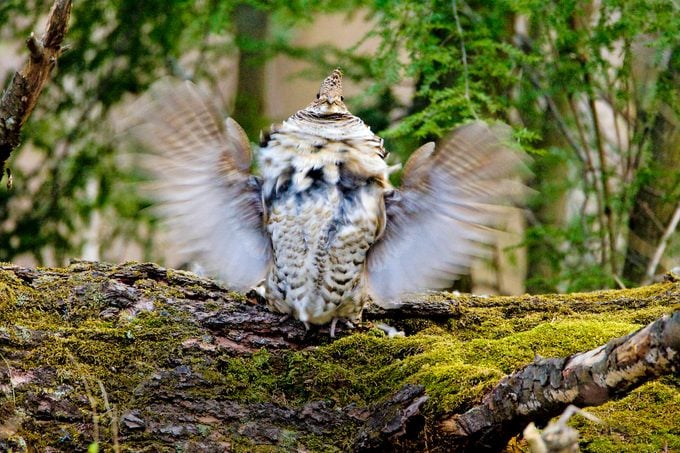
Ruffed Grouse
While grouse of the prairies gather on communal leks, the ruffed grouse of the northern woods has a solitary display. Perched on a downed log, the male, starting slowly at first but quickly accelerating, flaps his cupped wings, creating a deep whooshing that sounds like a tractor starting up on a cold morning. This short burst of chest drumming reverberates through the forest, which helps females find potential mates.
These sweet photos show how birds flirt and attract mates.
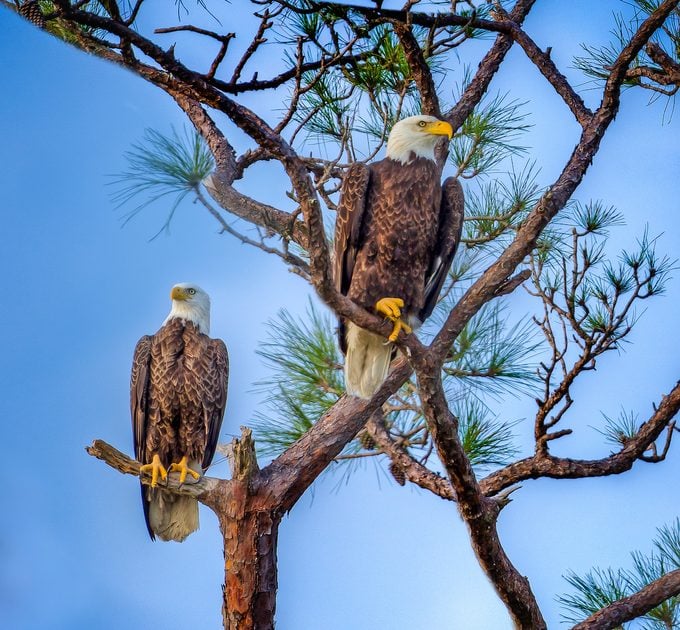
Bald Eagle
The regal bald eagle puts on one of the most spectacular bird mating rituals. Mated partners lock talons in mid-flight and then spiral in a free-fall dive known as cartwheeling. Red-tailed hawks will cartwheel in courtship, too.
Eagles often mate for life, and pairs will return to the same nests year after year. Bald eagle pairs work together to create nests. One near St. Petersburg, Florida, in 1963 claimed the Guinness World Record for the largest bird nest at 9 feet, 6 inches wide and weighing more than an estimated 4,400 pounds. Learn more about bald eagles and golden eagles.
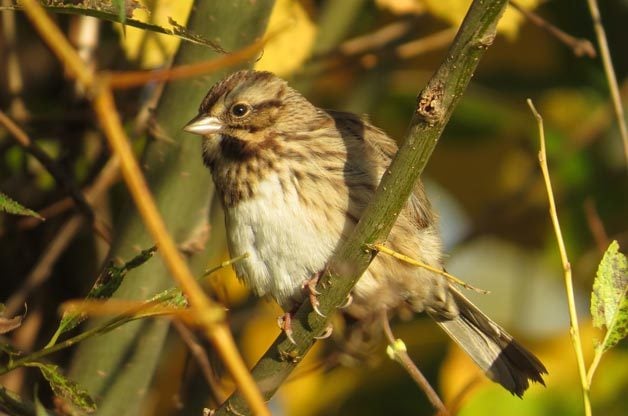
Song Sparrow
Some bird species have a single song that they perfect, but that isn’t good enough for the aptly named song sparrow. Song sparrow males can sing as many as 20 different songs while defending territories and courting females. Some studies indicate that a female song sparrow chooses a mate based in part on his ability to learn new songs.
Check out proven tips to attract nesting birds.
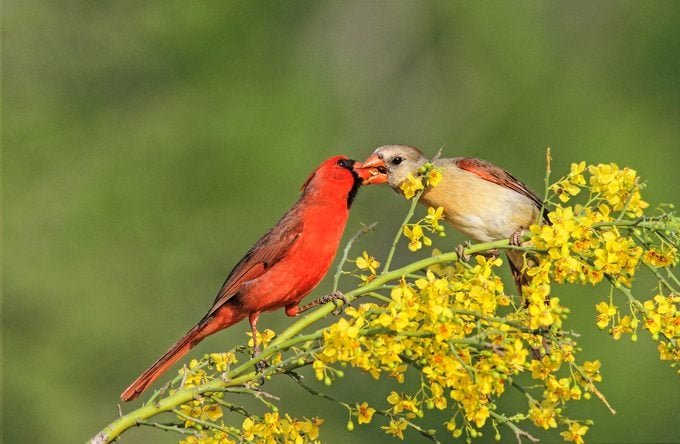
Northern Cardinal
Male cardinals have bright red plumage that impresses females, but courting for this species goes deeper than surface attraction. Female cardinals sing along with the males during courtship. Experts believe the duet strengthens the bond. Listen for pure, repetitive whistling from cardinal pairs. Females sometimes call while on the nest. Males bring food to the females to ensure nesting success. We asked the experts: Do cardinals mate for life?
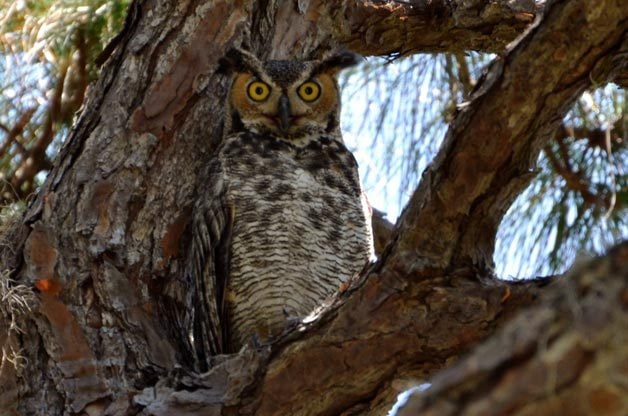
Great Horned Owl
Like cardinals, great horned owls also perform a courtship duet. Owls are early nesters; listen for their characteristic hoots on cold, crisp winter nights. Female great horned owls are bigger than males, but males have larger voice boxes. When you hear them calling back and forth, try to pick up the male’s deeper voice and the female’s corresponding higher pitched hoots. Males assist throughout the entire nesting season and will bring food to the nest for the female and young.
Additionally, male barn owls pamper their partners by delivering food.
Learn how to attract owls to nest in your backyard.
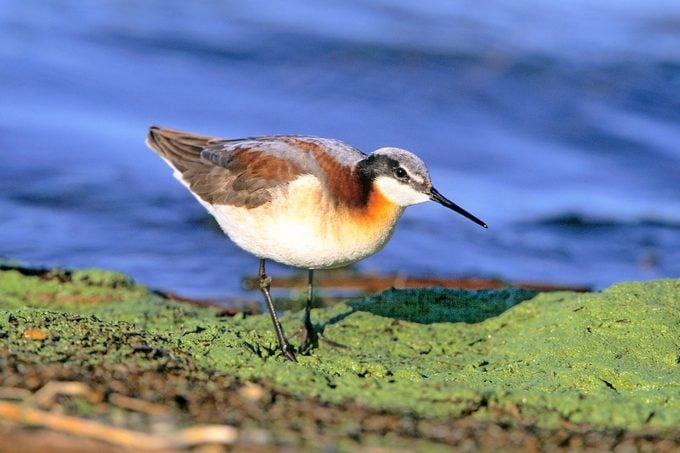
Wilson’s Phalarope
Among many bird species, males and females have the same or similar feather markings. In several others, males have brighter plumage than females. Less common is when the female has the fancier feathers. This is true for the shorebird Wilson’s phalarope, however. Spring females have vivid chestnut and black along the face and neck; males are more subtly colored. Females court multiple males during breeding season, and males incubate the eggs.
Meet the best bird dads and learn how they help out around the nest.
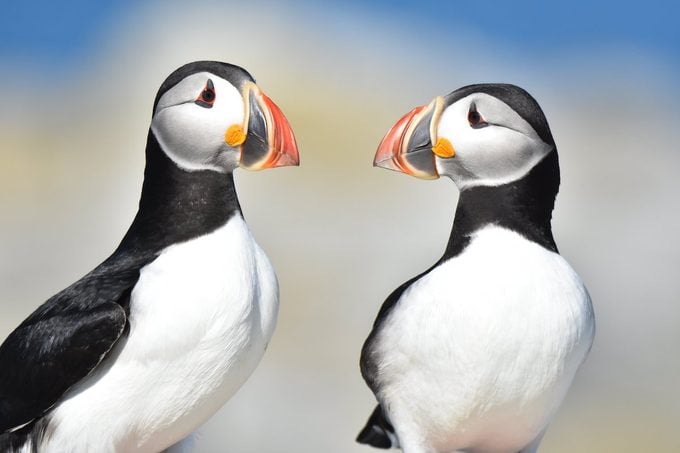
Atlantic Puffins
To fly back to their burrows each spring, Atlantic puffins flap their wings up to 400 times per minute. Once home, bonded pairs rub bills as a sign of affection. Puffins generally mate for life, and they frequently return to the same burrow every year.
Next, check out romantic and fascinating swan facts.




















